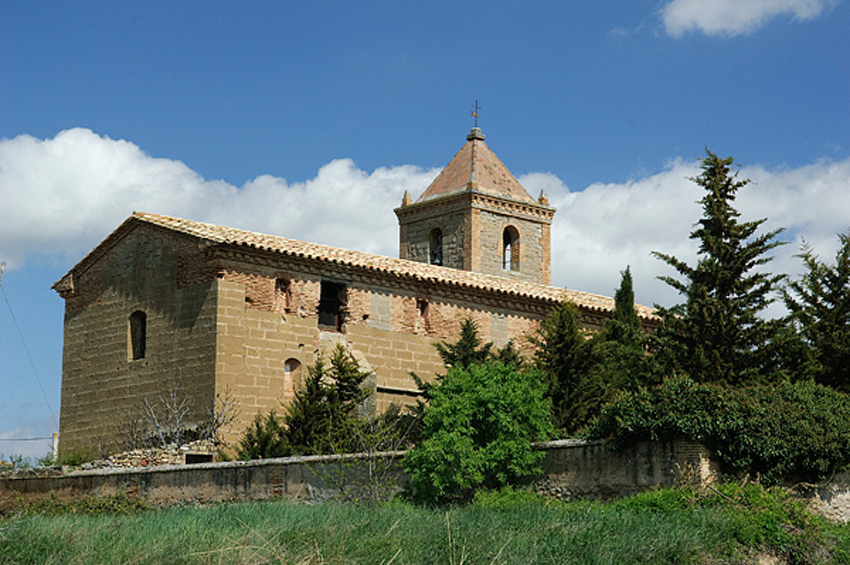
The small village of Loscorrales is located between Quinzano and Ayerbe.
The small and staggered hamlet is centered around the Parish Church of Nuestra Señora de la Asunción.
Loscorrales is home to several heritage sites, including the Chapel of Nuestra Señora de la Gaberdola (or Verdola), a delicate Romanesque-style church that dates back to the first half of the 13th century, noteworthy for its flat, decorated altarpiece with a window shaped like small pyramids, a singularity that makes it unique in Aragonese Romanesque architecture.
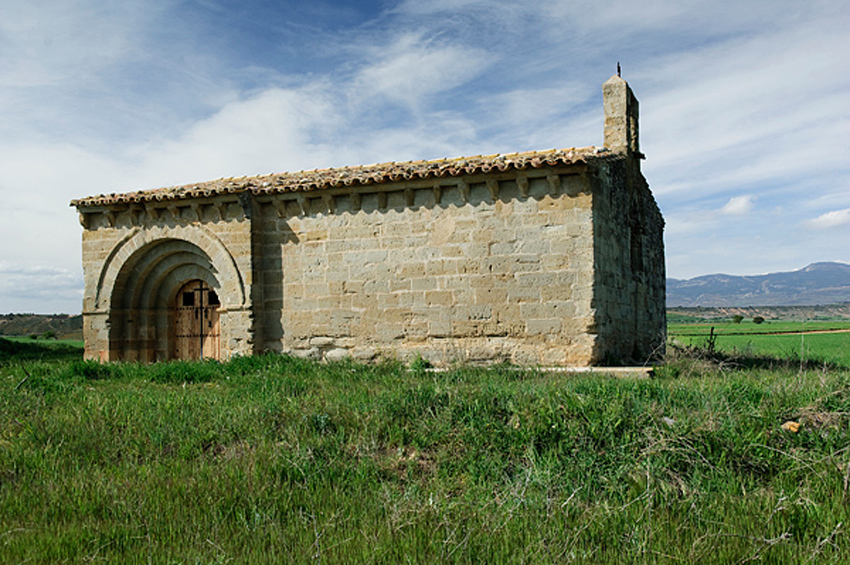
Artasona Castle, now in ruins, preserves a few traces of murals which, although somewhat difficult to find, enhance the attraction of this village in the heart of the Sotonera region.
The village celebrates its annual festivals on January 24th in honor of St. Babylas and on June 2nd in honor of Our Lady of Gaberdola.
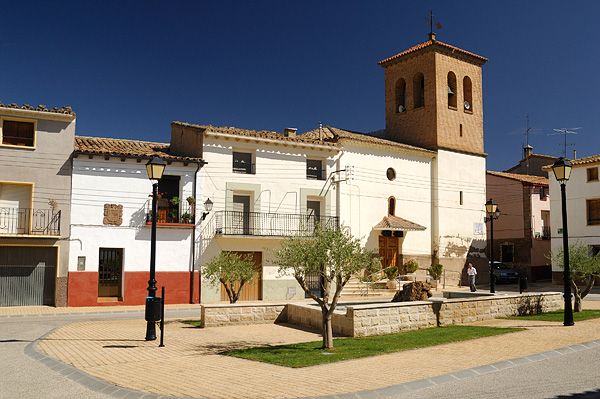
Tierz is located under the protection provided by the hills that form the Estrecho Quinto and on the Hoya plain, along the banks of the Flumen River.
Tierz features a blend of historic farmhouse and new buildings that creates a large and orderly village.
The village historically belonged to the Montearagón Abbey and was documented in the San Juan de la Peña cartulary in 1089.
The houses are distributed around the Parish Church of Nuestra Señora de la Asunción, an 18th-century building made of brick and rammed earth.
The 18th-century Chapel of Nuestra Señora de los Dolores (or Santa Cruz) is nearby.
A well-maintained trail that starts at one end of the village leads to trenches from the Spanish Civil War. There visitors will find information panels on the siege of Huesca and the movements of both sides of the conflict during this dark time in Spanish history.
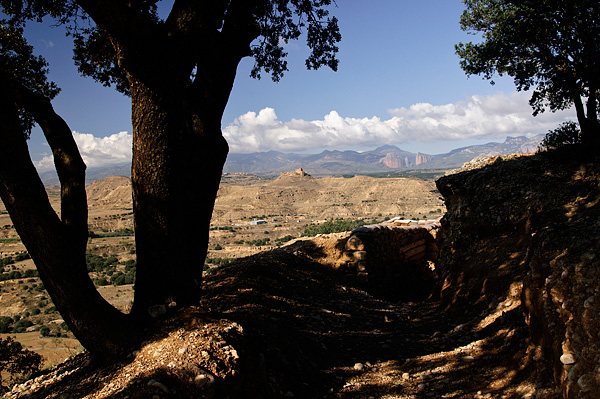
Tierz celebrates its annual festivals on April 23rd in honor of St. George and on August 16th in honor of St. Roch.
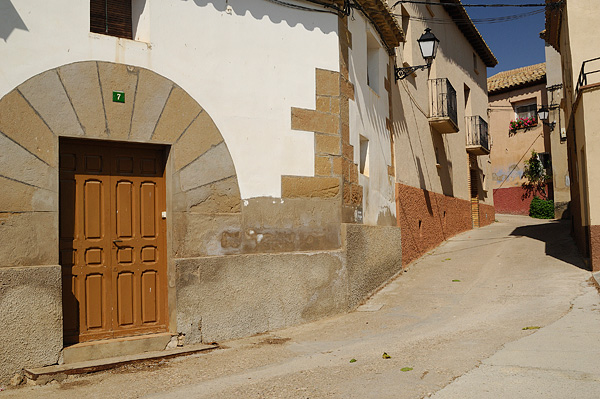
The quaint village of Vicién is located where Hoya de Huesca meets the Monegros.
Its layout, on slightly sloping land, is simple, based on a single street off which all other streets spread until reaching the square where the Parish Church of San Miguel is located. Constructed in the 18th century, the tower dates from the 19th century.
The Chapel of San Gregorio can be visited near the village, as well as an Iberian settlement located in the southernmost part of the village land.
Like other villages in the region, Vicién has an ice house.
Visitors can take a well-marked path to discover trenches from the Spanish Civil War, remains of the darkest episode in Spanish history.
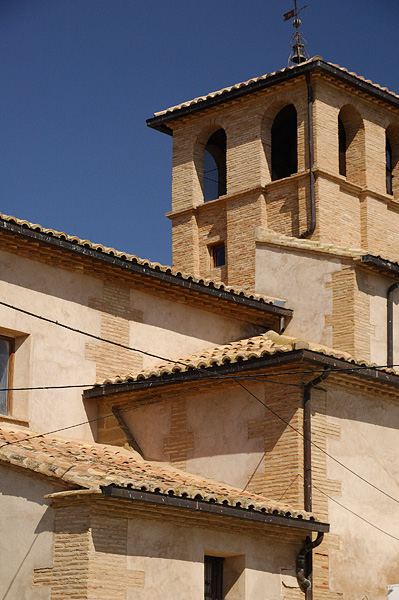
Vicién celebrates its annual festivals on May 9th in honor of St. Gregory, and on September 29th for St. Michael.
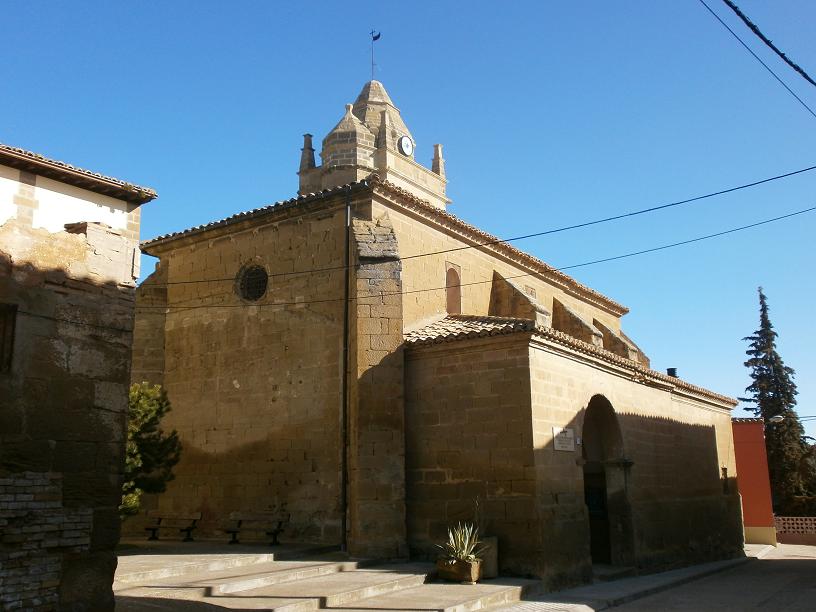
The village of Ibieca is nestled among fields of grain, surrounded by olive trees and wheat.
A quaint and charming corner of Hoya de Huesca that is centered around the main square and the Parish Church of San Clemente.
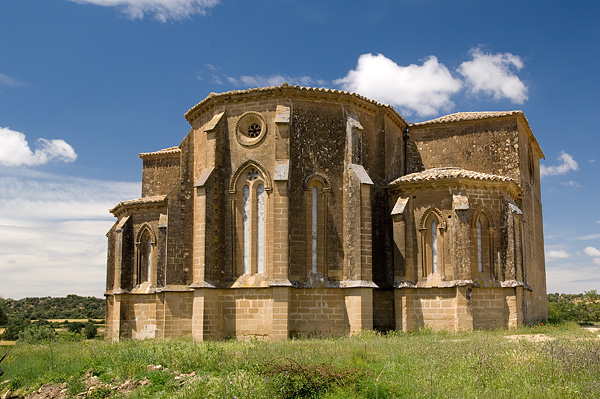
However, one of the village’s most outstanding attractions is located about two kilometers away: the Church of San Miguel de Foces, the only remaining part of the Monastery founded by the Foces family, a building that features a Cistercian spirit with early-Gothic style, as well as its mural paintings in true Linear Gothic style.
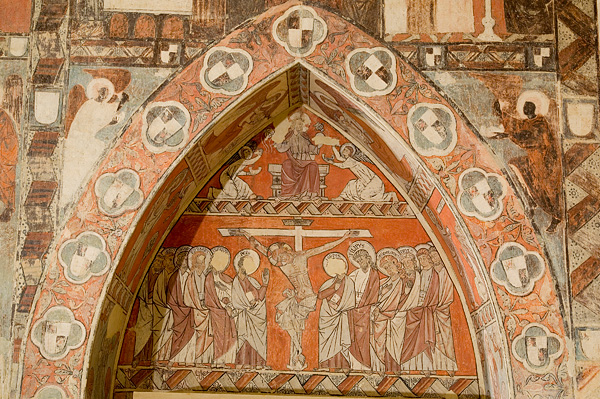
For lovers of the outdoor, Ibieca is also part of the Hoya de Huesca Nature Trail.